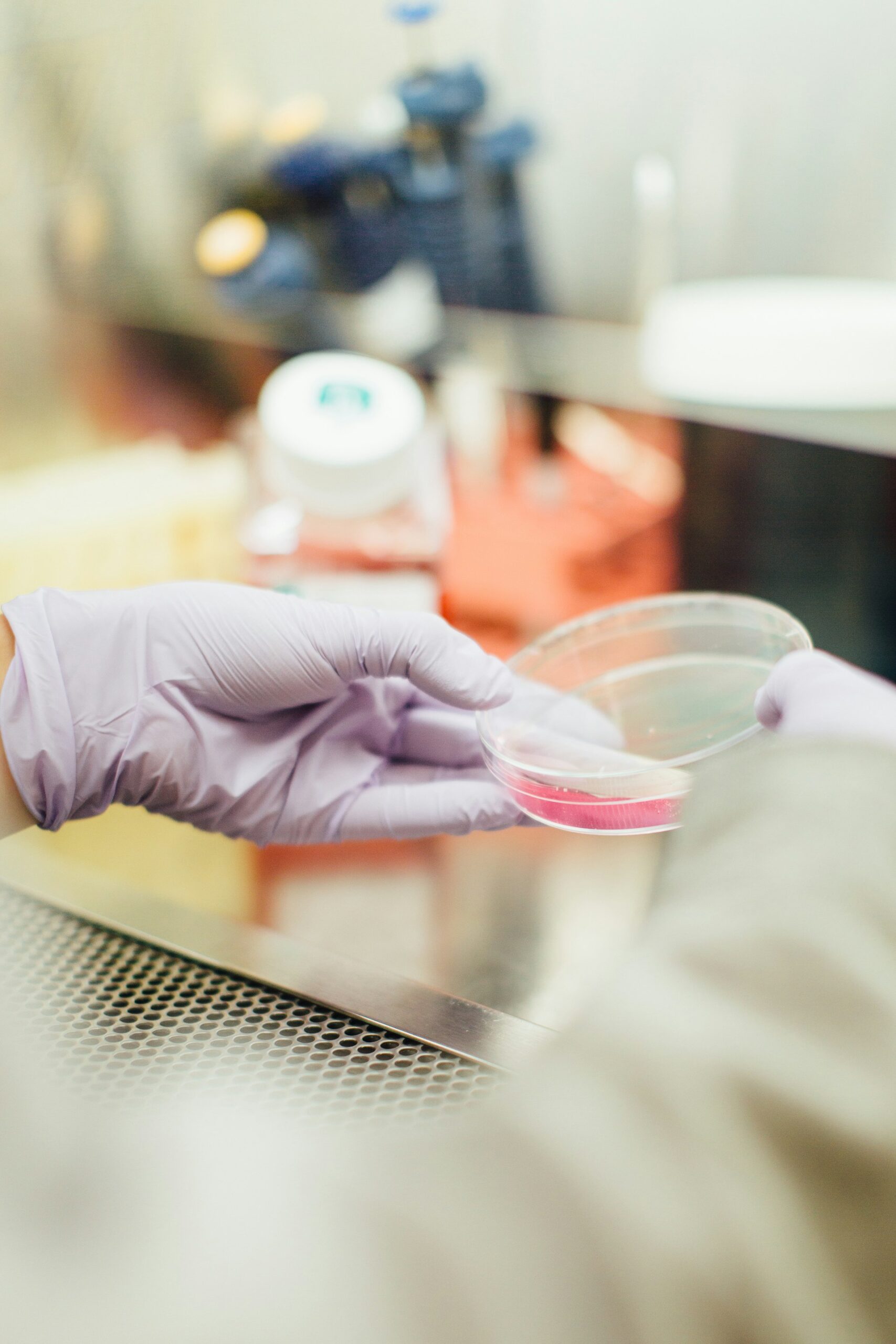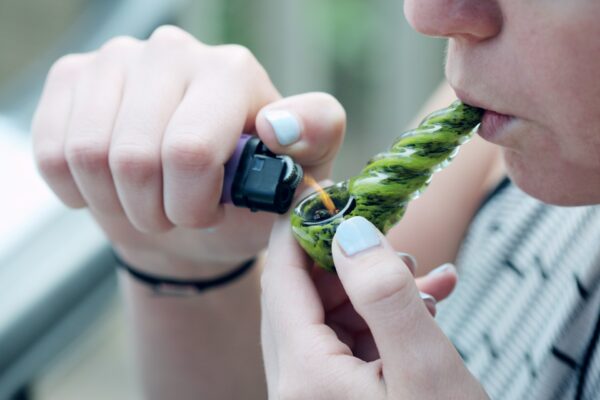Let's get started...
Doctors use several methods to identify allergies, helping you understand what triggers your symptoms and how to manage them. For teenagers, this process can feel intimidating, but knowing what to expect makes it easier to navigate. This article explores how doctors test for allergies, their impact on young people, and strategies to prepare for allergy testing.
What Are Allergies?
Allergies occur when your immune system reacts to substances that are usually harmless, like pollen, pet dander, or certain foods. Symptoms can range from mild to severe, including sneezing, rashes, or difficulty breathing.
Why Do Doctors Test for Allergies?
Allergy testing helps identify specific triggers so you can avoid them and reduce symptoms. It also helps your doctor recommend effective treatments, such as antihistamines, nasal sprays, or allergy shots.
Types of Allergy Tests
Doctors use several methods to test for allergies. Here are the most common types:
1. Skin Prick Test
In this test, a small drop of allergen extract is placed on your skin, usually on your forearm or back. The skin is then gently pricked with a needle. If you're allergic, the area will become red, itchy, or swollen within 15-20 minutes.
2. Blood Test
A blood test measures the level of immunoglobulin E (IgE) antibodies in your blood. High levels of IgE can indicate an allergic reaction. This test is often used if you can't have a skin test due to a skin condition or medication.
3. Patch Test
Patch tests are used for contact allergies, such as reactions to cosmetics or detergents. Small patches containing allergens are placed on your skin and left for 48 hours. Your doctor will check for reactions after removal.
4. Elimination Diet
For suspected food allergies, an elimination diet involves removing specific foods from your diet for a few weeks and gradually reintroducing them to identify triggers.
Real-Life Impact of Allergy Testing on Teenagers
Allergy testing can be life-changing for teenagers by providing clarity and improving quality of life. Here are some examples:
1. Gaining Confidence
Ella, 14, struggled with frequent hives but didn't know the cause. Allergy testing revealed a reaction to peanuts, allowing her to avoid them and feel more in control of her health.
2. Improved School Performance
Tom, 16, experienced constant sneezing and itchy eyes during spring. Testing confirmed a pollen allergy, and treatment helped him focus better in class.
3. Safer Social Life
Jasmine, 17, discovered her rash after using certain makeup was caused by a fragrance allergy. She switched to hypoallergenic products and felt more confident at social events.
How to Prepare for Allergy Testing
Getting ready for allergy testing is simple but important. Follow these tips:
1. Talk to Your Doctor
Discuss your symptoms and medical history with your doctor so they can recommend the best test for you.
2. Avoid Certain Medications
Some medications, like antihistamines, can interfere with test results. Your doctor will advise you on what to avoid before the test.
3. Wear Comfortable Clothing
If you're having a skin prick test, wear loose clothing that makes it easy to access your forearm or back.
4. Bring a List of Symptoms
Keep track of your symptoms, including when they occur and what you think triggers them. This information will help your doctor during the consultation.
What Happens After Allergy Testing?
Once your results are ready, your doctor will explain which allergens affect you and create a management plan. This may include:

- Medications to control symptoms
- Avoidance strategies for specific triggers
- Immunotherapy for severe allergies
Practical Tips for Managing Allergies
After testing, these strategies can help you manage your allergies effectively:
1. Learn About Your Allergens
Understand what triggers your symptoms and how to avoid them in everyday life.
2. Carry Emergency Medication
If you have severe allergies, always carry an adrenaline auto-injector and know how to use it.
3. Communicate with Others
Let friends, teachers, and family know about your allergies so they can support you and help you stay safe.
Final Thoughts
Allergy testing can feel daunting, but it's a valuable tool for understanding and managing your symptoms. By identifying triggers and creating a plan with your doctor, you can enjoy a healthier, more confident life.
How are you feeling?
It is really important that when we need help, we feel able to ask for it. This could be speaking to a parent, a close friend, a teacher or someone else you trust. Sometimes it can be really hard to share our feelings with other people but if we are feeling low or don't know where to turn, sharing with others is really important. Teachers will always take you seriously and listen to your problems in confidence if you approach them for help. Likewise, parents, siblings or friends will help you if you reach out to them.
If you feel like you can't speak to anyone you know, there are people and organisations that can help support you:
- Childline - Call them on 0800 1111 any time of the day or night, every day of the week
- NSPCC - Call them on 0808 800 5000 between 10am and 4pm Monday to Friday or email them on help@NSPCC.org.uk
- The Samaritans – Call them on 116 123 any time of the day or night, every day of the week
- SANE – Call 0300 304 7000 for support (4:30pm - 10:30pm every day)
- Mind – Call 0300 123 3393 (9:00am - 6:00pm Monday to Friday)
*Sometimes we will use real life examples in our articles to aid understanding. When we do, names and ages will be changed.













